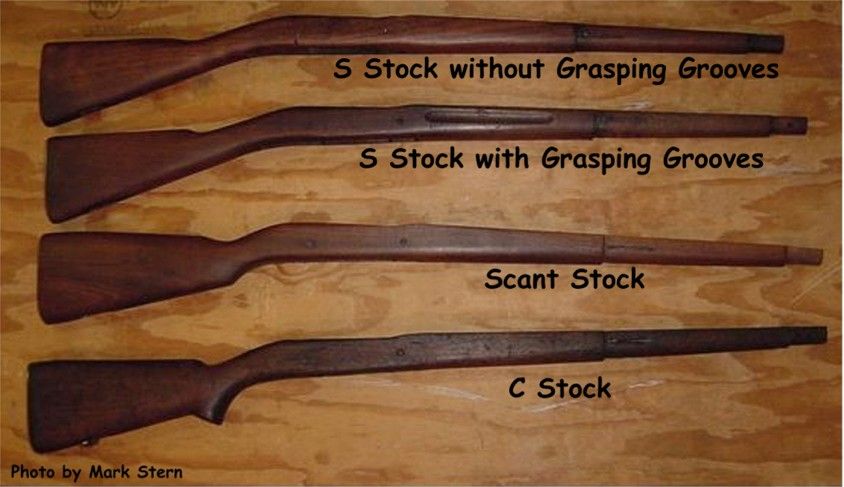I have a 1903 springfield that belonged to my late F-inlaw, a Pearl Harbor survivor and survivor of most of the Pacific Battles. It is a low number and a non shooter (91054).
I want to return this gun to it's military configuration, WWI I assume.
My questions are these: I see three types of stock, which is correct for this gun?
The gun now has a Lyman rear sight and the front appears to be original. There are no markings on the barrel. Is the Ladder type rear sight and tube the correct sight for this gun? There is no hole I can see under the barrel to fasten the rear sight. Since I don't intend to shoot it, do I need to pin the sight?
The gun now has very worn bluing, is bluing or parkerizing correct?
I plan on this being only a wall hanger so any help would be appreciated,
Thank You,
Ken
I want to return this gun to it's military configuration, WWI I assume.
My questions are these: I see three types of stock, which is correct for this gun?
The gun now has a Lyman rear sight and the front appears to be original. There are no markings on the barrel. Is the Ladder type rear sight and tube the correct sight for this gun? There is no hole I can see under the barrel to fasten the rear sight. Since I don't intend to shoot it, do I need to pin the sight?
The gun now has very worn bluing, is bluing or parkerizing correct?
I plan on this being only a wall hanger so any help would be appreciated,
Thank You,
Ken


